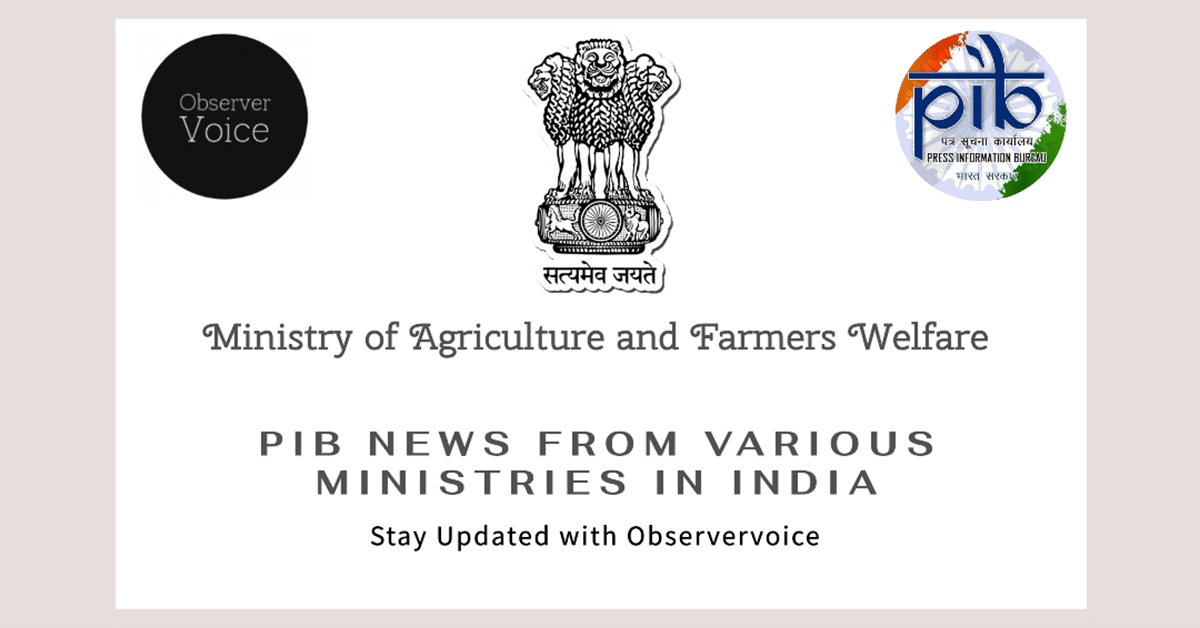Rabi Crop Coverage Progress Report

The Department of Agriculture and Farmers’ Welfare has recently published a report detailing the progress of area coverage under Rabi crops as of January 27, 2025. This report is crucial for understanding the agricultural landscape and the performance of various crops during the Rabi season. The data provides insights into the area sown for different crops compared to previous years, helping farmers, policymakers, and stakeholders make informed decisions.
Overview of Rabi Crops
Rabi crops are sown in the winter season and harvested in the spring. They play a vital role in India’s agricultural economy. The major Rabi crops include wheat, barley, and various pulses. These crops are essential for food security and contribute significantly to the livelihoods of farmers. The report from the Department of Agriculture highlights the area coverage of these crops, which is measured in lakh hectares.
The data shows a comparison between the normal area sown from 2018-19 to 2022-23 and the actual area sown in the current and previous years. This comparison helps in assessing the performance of Rabi crops and understanding the trends in agricultural practices. The report serves as a valuable tool for farmers to plan their sowing and harvesting activities effectively.
Detailed Crop Coverage Statistics
The report provides detailed statistics on various crops, including wheat, rice, pulses, and oilseeds. For instance, wheat, which is the primary Rabi crop, has a normal area of 312.35 lakh hectares. In the current season, the area sown is 324.38 lakh hectares, showing a slight increase compared to the previous year’s 315.63 lakh hectares. This increase indicates a positive trend in wheat cultivation, which is crucial for food security.
Similarly, the area sown for pulses has also been documented. The normal area for pulses is 140.44 lakh hectares, while the current season shows a sown area of 142.49 lakh hectares, slightly higher than the previous year’s 139.29 lakh hectares. This growth in pulses cultivation is significant as it contributes to protein intake in the diet and supports sustainable agriculture practices.
Implications for Farmers and Policy Makers
The data presented in the report has significant implications for farmers and policymakers. For farmers, understanding the area coverage of different crops can help them make informed decisions about which crops to plant based on market demand and climatic conditions. It also allows them to assess the potential yield and profitability of their crops.
For policymakers, the report provides essential insights into agricultural trends and challenges. It can guide them in formulating policies that support farmers, enhance productivity, and ensure food security. Additionally, the data can help in identifying regions that may require more support or resources to improve crop yields.
Observer Voice is the one stop site for National, International news, Sports, Editor’s Choice, Art/culture contents, Quotes and much more. We also cover historical contents. Historical contents includes World History, Indian History, and what happened today. The website also covers Entertainment across the India and World.

